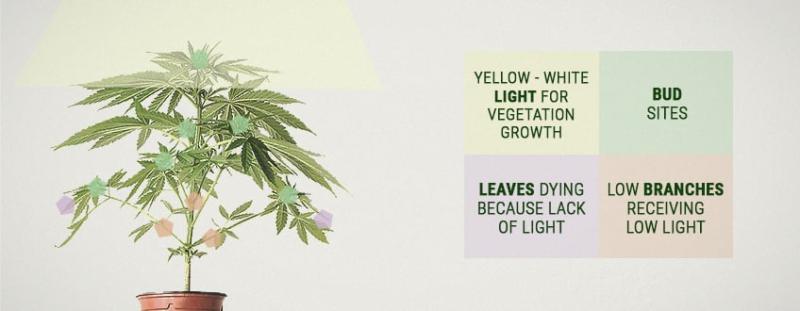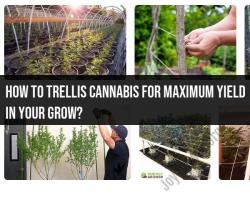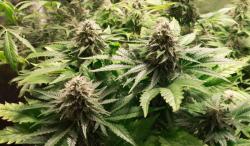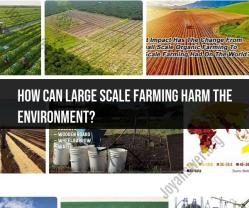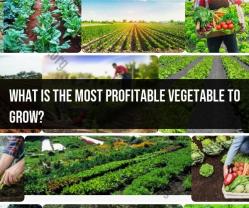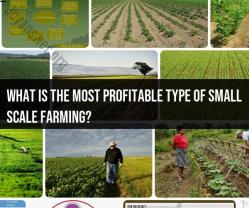How much cannabis can I yield per plant?
The yield of cannabis per plant can vary widely based on various factors, including the strain of cannabis, growing conditions, cultivation methods, and the skill of the grower. It's important to note that these are general estimates, and actual yields can differ.
Here are some general guidelines for estimating cannabis yield per plant:
Strain:
- Different cannabis strains have different growth patterns, sizes, and yield potentials. Some strains naturally produce larger or denser buds than others.
Growing Medium:
- The type of growing medium (soil, hydroponics, coco coir, etc.) can influence plant growth and yield. Each medium has its own set of requirements and considerations.
Lighting:
- The amount and type of light the plants receive play a crucial role in determining yield. High-quality lighting, such as HID (high-intensity discharge) lamps or LEDs, can positively impact yield.
Nutrients:
- Providing the right nutrients at the appropriate stages of growth is essential for maximizing yield. Nutrient deficiencies or excesses can negatively impact plant development.
Training Techniques:
- Techniques like topping, low-stress training (LST), and super cropping can be used to manipulate the plant's growth and increase yields by promoting even canopy development.
Environmental Factors:
- Temperature, humidity, and airflow can affect plant health and yield. Maintaining optimal environmental conditions is crucial for maximizing cannabis production.
Plant Health:
- Healthy plants are more likely to produce higher yields. Regular monitoring for pests, diseases, and other issues is essential for a successful harvest.
Vegetative Time:
- The length of time the plants spend in the vegetative stage before flowering can influence overall size and yield. Longer vegetative periods generally lead to larger plants.
Genetics:
- Some cannabis plants are bred for high yields, while others may prioritize other characteristics. Understanding the genetic makeup of the strain can provide insights into potential yields.
As a rough estimate, an indoor cannabis plant can yield anywhere from a few ounces to a pound or more, depending on the factors mentioned above. Outdoor plants generally have the potential for larger yields, but they are also subject to environmental factors that may be beyond the grower's control.
It's recommended to consult with experienced growers, use reputable seed banks, and gather information specific to the strain you are cultivating to get a better idea of potential yields. Additionally, keeping a grow journal to track environmental conditions, nutrient levels, and growth patterns can help optimize future harvests.
Factors Affecting Cannabis Yield
Cannabis yield is influenced by a variety of factors, including strain, growing conditions, and nutrient management.
Strain
The strain of cannabis is a significant determinant of yield. Indica strains tend to produce smaller, denser buds, while sativa strains typically produce larger, looser buds. Hybrid strains can exhibit characteristics of both indica and sativa strains.
Growing Conditions
Environmental factors play a crucial role in cannabis yield. These factors include:
Light: Cannabis plants require adequate light for optimal growth and yield. The type, intensity, and duration of light exposure can significantly impact yield.
Temperature: Cannabis plants thrive in warm temperatures, typically between 65-80°F (18-27°C). Extreme temperatures can stress plants and reduce yield.
Humidity: Cannabis plants prefer moderate humidity levels, around 40-50%. Low humidity can lead to dry, brittle buds, while high humidity can promote mold and mildew growth.
Ventilation: Proper ventilation is essential for removing stale air and providing fresh CO2 for photosynthesis. Inadequate ventilation can lead to plant stress and reduced yield.
Nutrient Management
Cannabis plants require a balanced supply of nutrients for healthy growth and optimal yield. Proper nutrient management involves providing the right amount of nutrients at the right time, using a suitable nutrient solution, and maintaining the correct pH level.
Estimating Cannabis Yield
Estimating cannabis yield is not an exact science, but several methods can provide a rough estimate. These methods include:
Plant Size: Larger plants generally produce higher yields than smaller plants. However, bud density is also an important factor.
Bud Density: Dense, tightly packed buds typically weigh more than loose, airy buds. Inspecting bud development can provide an indication of yield potential.
Expected Harvest Time: Different strains have varying harvest times. Estimating the harvest time can help predict when the plants will reach their maximum yield potential.
Maximizing Cannabis Yield
Several cultivation techniques can be employed to maximize cannabis yield:
Strain Selection: Choosing high-yielding strains is crucial for maximizing yield. Research and select strains known for their productivity.
Optimized Growing Conditions: Provide optimal light, temperature, humidity, and ventilation conditions to promote healthy plant growth and maximize yield potential.
Proper Nutrient Management: Implement a balanced nutrient management program to ensure plants receive the right nutrients at the right time.
Stress Management: Minimize plant stress by addressing environmental factors, pests, and diseases promptly.
Pruning and Defoliation: Strategic pruning and defoliation can encourage better light penetration and airflow, leading to improved yield.
Harvesting at the Peak: Harvest plants at their peak ripeness to maximize cannabinoid content and overall yield.
By understanding the factors affecting cannabis yield and implementing proper cultivation techniques, growers can optimize their yields and achieve a bountiful harvest.
